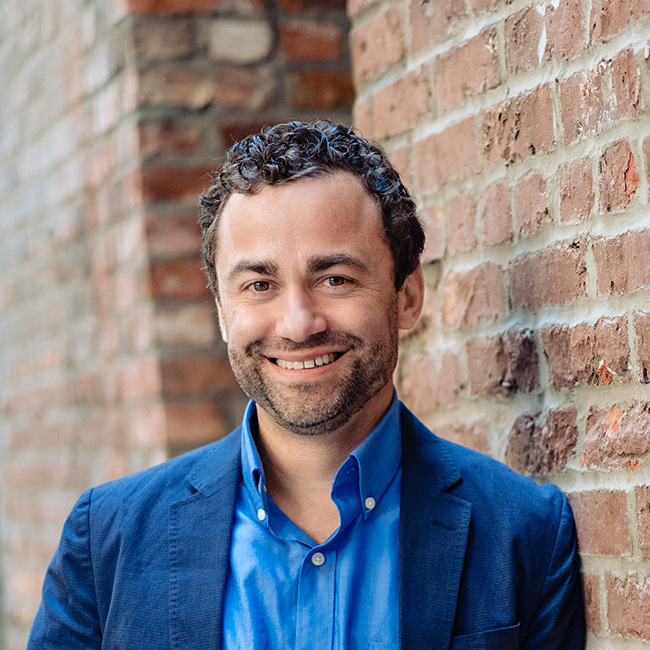Natalia Karayaneva is the founder and CEO of Propy, a Silicon Valley company revolutionizing home purchasing via smart contracts and artificial intelligence. She is a World Economic Forum Pioneer, an award-winning real estate developer, software engineer, and serial entrepreneur with extensive knowledge in real estate and cryptography.



